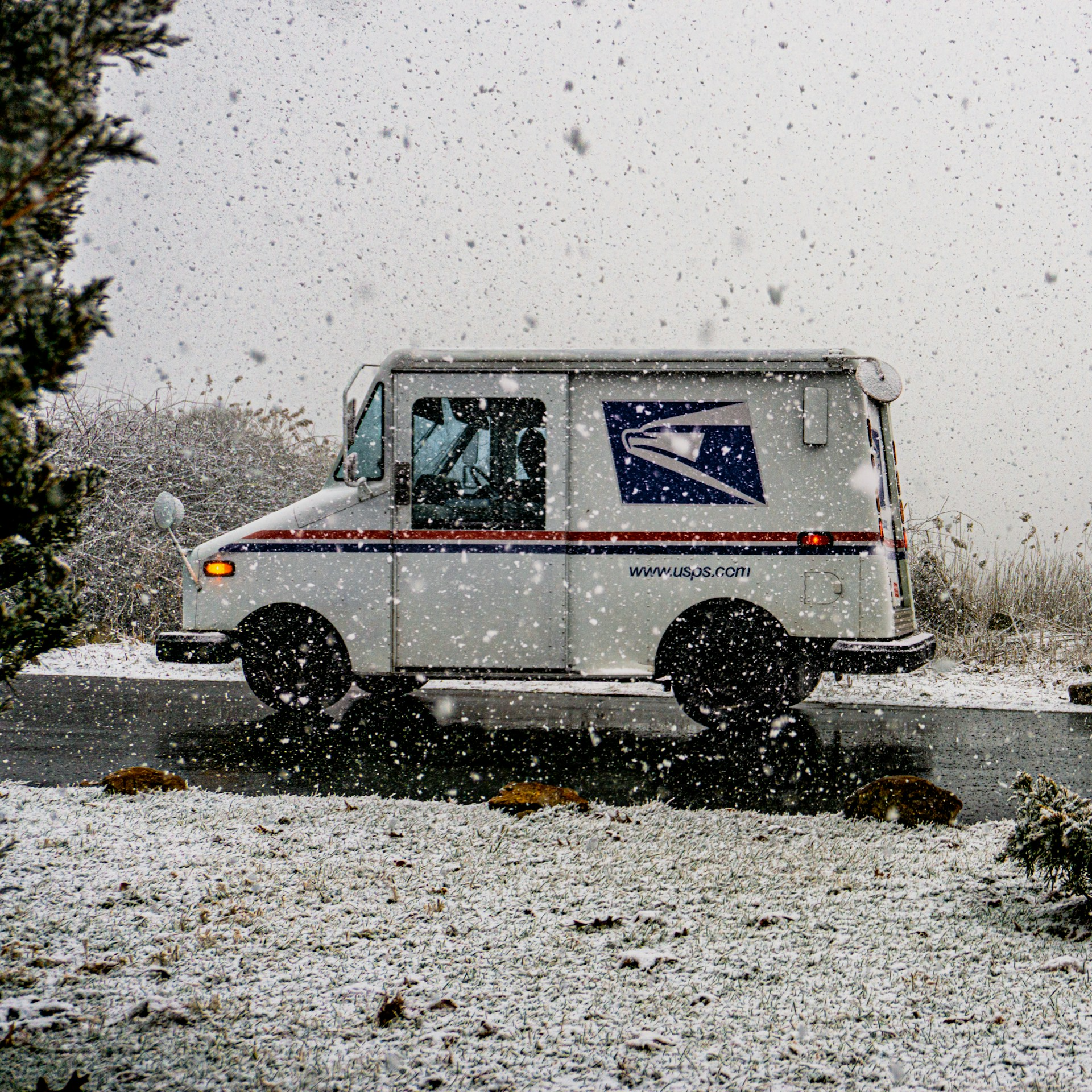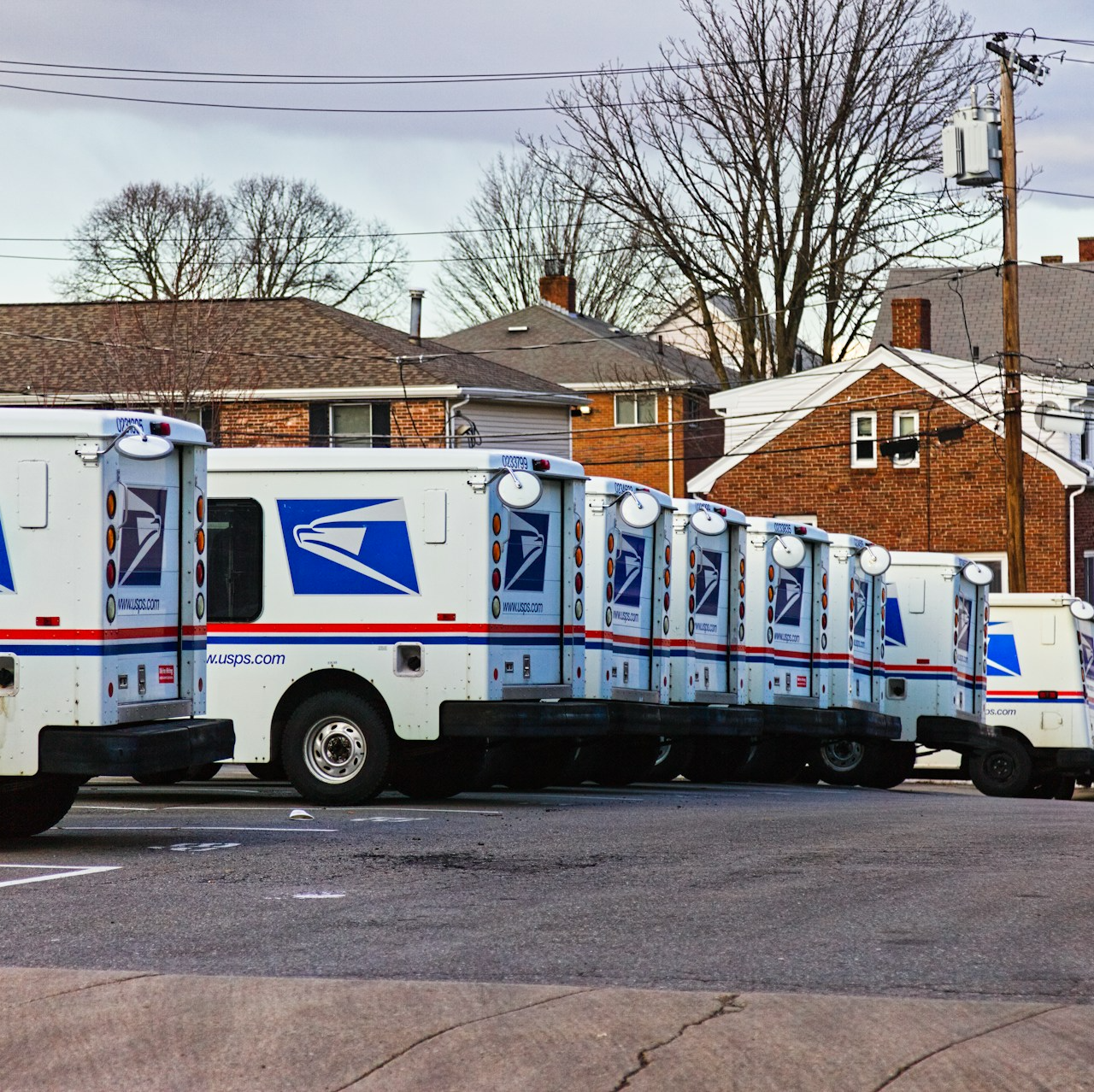Key Takeaways
-
The Postal Service Health Benefits (PSHB) Program marks a dramatic departure from the FEHB, starting January 2025. Tailored for USPS employees and retirees, it changes how you interact with healthcare and makes coordination with Medicare seamless.
-
Missing the Open Season from November 11 to December 9, 2024, could lead to higher costs and lapses in coverage, so taking action now is critical.
Why USPS Health Benefits Are Changing
USPS employees and retirees will experience a significant healthcare overhaul starting January 2025. The Postal Service Health Benefits (PSHB) Program, created under the Postal Service Reform Act of 2022, replaces the Federal Employees Health Benefits (FEHB) system for postal workers. Unlike FEHB, the PSHB is specifically designed to address the unique needs of USPS employees, retirees, and their families.
This isn’t just a transition—it’s a comprehensive rethinking of your healthcare benefits, one that integrates Medicare more effectively while providing cost-saving opportunities. The program is intended to streamline healthcare for USPS participants while addressing broader financial challenges faced by the Postal Service.
Who Will Be Impacted?
Active USPS Employees
If you’re a USPS employee, the transition to PSHB will happen automatically. However, automatic enrollment doesn’t mean you should skip your homework. During Open Season, compare plans, premiums, and coverage options to ensure you’re getting what you need.
Retirees and Annuitants
For retirees, this shift requires additional attention, especially if you’re eligible for Medicare. Retirees who leave USPS after January 1, 2025, must enroll in Medicare Part B to maintain PSHB coverage. Those who retired before this date are exempt unless they’re already enrolled in Part B.
Dependents
Eligible dependents—such as spouses, children under 26, and certain disabled adult children—will need to be correctly listed on your plan during Open Season to maintain uninterrupted coverage. This is a key opportunity to update your dependent information.
What Makes PSHB Different From FEHB?
Customization for USPS Employees
FEHB served federal workers broadly, but PSHB is customized for the USPS workforce. It’s designed to work alongside Medicare for retirees, which results in:
-
Reduced out-of-pocket costs.
-
Comprehensive prescription drug benefits.
-
Improved access to healthcare providers.
Mandatory Medicare Enrollment for Retirees
One of the most notable changes is the requirement for many Medicare-eligible retirees to enroll in Medicare Part B. This coordination lowers costs for both the USPS and participants by leveraging Medicare’s comprehensive coverage.
Exclusive Eligibility
Unlike FEHB, which covers all federal employees, PSHB is exclusive to USPS employees, retirees, and their families. This targeted approach ensures the program aligns with the specific needs of postal workers.
The Role of Medicare in PSHB Plans
Why Integration Matters
Medicare-eligible participants will find that PSHB plans are built to complement Medicare. Here’s how it works:
-
Medicare Part A covers inpatient hospital stays.
-
Medicare Part B handles outpatient care and medical services.
-
PSHB fills in gaps, covering expenses like deductibles and copayments.
This coordination creates a seamless and cost-effective system for retirees. Unlike Medicare Part D, PSHB plans already include prescription drug benefits, so there’s no need for additional enrollment.
Costs to Expect
-
Medicare Part B Premiums: $185 monthly in 2025.
-
PSHB Premiums: While specific plan costs vary, they’re designed to work efficiently with Medicare, minimizing out-of-pocket expenses.
Key Deadlines You Can’t Ignore
-
November 11 to December 9, 2024: Open Season. This is your time to compare, enroll, or adjust plans.
-
January 1, 2025: The PSHB officially replaces FEHB. Ensure all changes are finalized by this date.
-
Medicare Enrollment: If you’re required to enroll in Medicare Part B, make sure you’ve completed the process before January 1, 2025, to avoid penalties or loss of coverage.
Steps to Take During Open Season
1. Review Your Current Coverage
Don’t assume the plan you’re automatically transitioned into will meet all your needs. Take the time to evaluate:
-
Premium costs.
-
Out-of-pocket maximums.
-
Deductibles.
-
Provider networks.
2. Compare Plan Options
Use tools provided by USPS and the Office of Personnel Management (OPM) to compare available PSHB plans. Consider how each plan supports your healthcare priorities, from routine checkups to specialized treatments.
3. Evaluate Medicare Coordination
If you’re Medicare-eligible, understand how the PSHB plan integrates with your Medicare benefits. Coordinated coverage can save you significant costs and improve access to care.
4. Update Dependent Information
Ensure that all eligible dependents are listed correctly. Missing this step could disrupt coverage for your family members.
What Happens If You Miss Key Deadlines?
Failing to take action during Open Season or to enroll in Medicare Part B (if required) can result in:
-
Higher healthcare costs.
-
Gaps in coverage for you and your dependents.
-
Penalties for late Medicare enrollment.
The Advantages of PSHB
Cost Savings
By integrating with Medicare, PSHB plans reduce overall costs for retirees. The plans are structured to limit out-of-pocket expenses while maintaining high-quality care.
Comprehensive Coverage
From medical to dental and vision care, PSHB plans provide wide-ranging benefits tailored to USPS employees. This is a step up from the more generalized coverage offered under FEHB.
Simplified Administration
The PSHB Program streamlines the enrollment process and benefits management. For retirees, the integration with Medicare eliminates the need for additional programs like Medicare Part D, making healthcare simpler and more accessible.
Why These Changes Are Revolutionary
The shift to PSHB marks a fundamental change in how USPS employees and retirees interact with healthcare. This isn’t just a new program; it’s a blueprint for modernizing employer-sponsored healthcare in a way that prioritizes affordability, efficiency, and comprehensive coverage.
By designing a program that specifically addresses the needs of postal workers and coordinating it effectively with Medicare, PSHB sets a precedent for future federal and private healthcare initiatives. It’s a bold move that reflects USPS’s commitment to its workforce while addressing long-term financial sustainability.
What You Should Do Right Now
Stay Informed
USPS and OPM offer resources like plan brochures and comparison tools to help you understand your options. Make sure you’re familiar with the changes and what they mean for you.
Take Advantage of Open Season
This is your opportunity to ensure your healthcare coverage aligns with your needs. Don’t miss this chance to:
-
Update your plan.
-
Add or confirm dependents.
-
Coordinate with Medicare if applicable.
Prepare for 2025 and Beyond
Start planning now to ensure a seamless transition. Review all communications from USPS and OPM, and don’t hesitate to seek guidance if you have questions.
Looking Ahead to a New Era in Healthcare
The launch of the PSHB Program represents more than just a change in benefits—it’s a complete rethinking of how healthcare is delivered to USPS employees and retirees. By focusing on tailored coverage, cost savings, and seamless Medicare integration, the PSHB sets a new standard for healthcare programs.
Take the time to understand your options, prepare for Open Season, and make the most of this revolutionary change. Your future healthcare experience depends on the decisions you make today.












